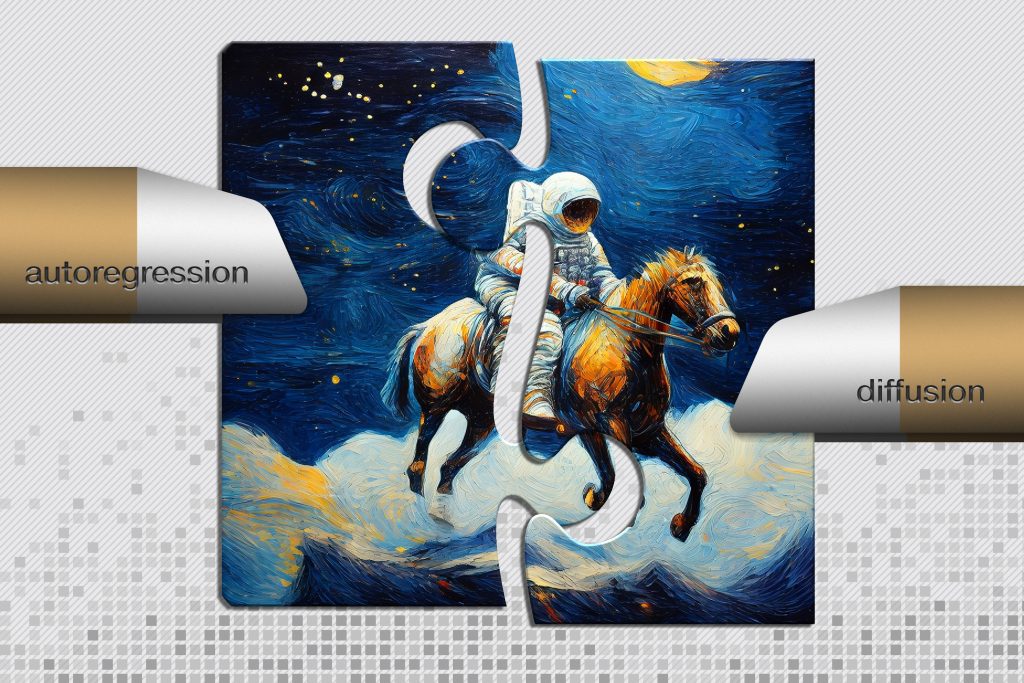Improving Image Generation for Self-Driving Cars
The ability to quickly create high-quality images is essential for developing realistic simulated environments that assist in training self-driving cars to navigate unpredictable hazards, enhancing their safety on actual roads.
Limitations of Current Generative Models
However, current generative AI techniques for image production have limitations. Diffusion models are well-known for creating remarkably realistic images but are often too slow and resource-intensive for various applications. In contrast, autoregressive models, which underpin large language models (LLMs) like ChatGPT, operate at much faster speeds but typically produce lower-quality images that frequently contain errors.
Introducing HART: A Hybrid Solution
Researchers from MIT and NVIDIA have created a new hybrid approach that merges the strengths of both methodologies. Their image-generation tool, named HART (Hybrid Autoregressive Transformer), utilizes an autoregressive model to quickly outline the image and a smaller diffusion model to enhance the finer details.
Enhanced Speed and Efficiency
HART is capable of generating images that either match or surpass the quality of leading diffusion models, achieving this nearly nine times faster. It requires less computational power than typical diffusion models, enabling it to operate on standard laptops or smartphones. Users can generate images simply by entering a single natural language prompt into the HART interface.
Applications and Implications
The HART tool could be used in a variety of contexts, such as assisting researchers in training robots for intricate real-world tasks or aiding designers in crafting visually impressive video game scenes. The principle behind HART is likened to painting: starting with a broad composition before adding detailed brush strokes to refine the final artwork.
Combining Strengths of Models
Traditional diffusion models like Stable Diffusion and DALL-E, known for their intricate detailing, create images through a multi-step iterative process that corrects errors. In contrast, autoregressive models predict image patches in a quicker sequence but lack the ability to revise mistakes. The HART system overcomes these issues by employing an autoregressive model for initial predictions and a diffusion model specifically for correcting residual discrepancies, thus enhancing detail quality without significantly increasing processing time.
Future Directions
The researchers experienced challenges in effectively integrating the two models but eventually developed a method where the diffusion model focuses solely on the final step of predicting residual tokens. This innovation allows HART to generate images of comparable quality to those produced by much larger models while being significantly faster and more efficient. Moving forward, the team aims to explore the integration of HART into vision-language generative models and expand its applicability to video generation and audio prediction tasks.



